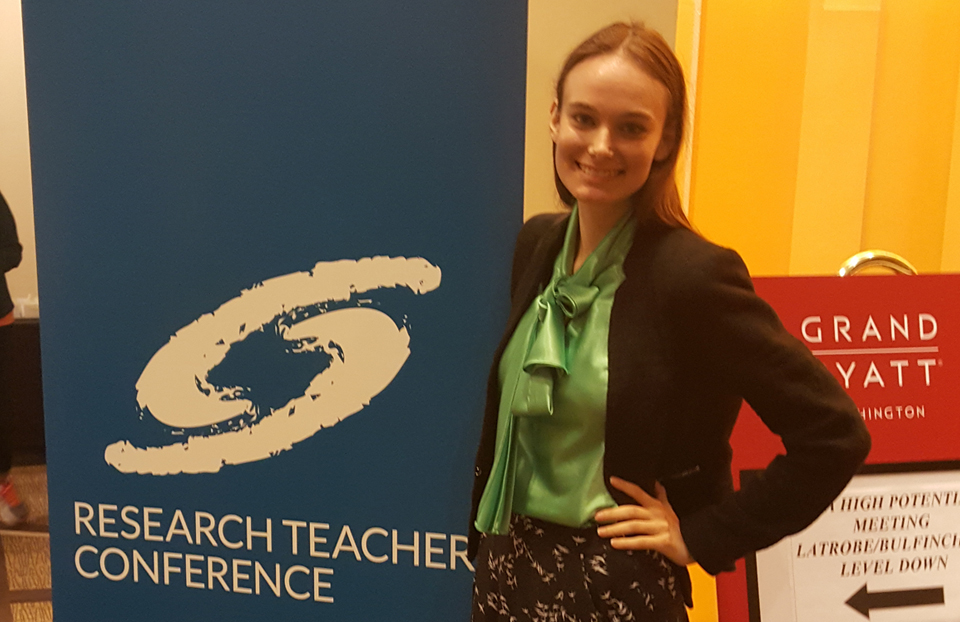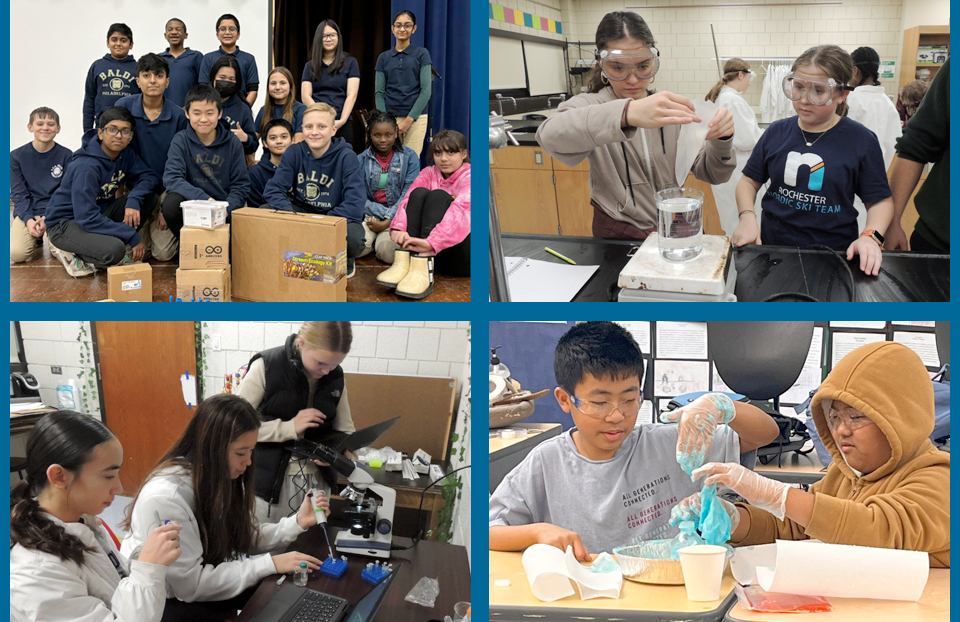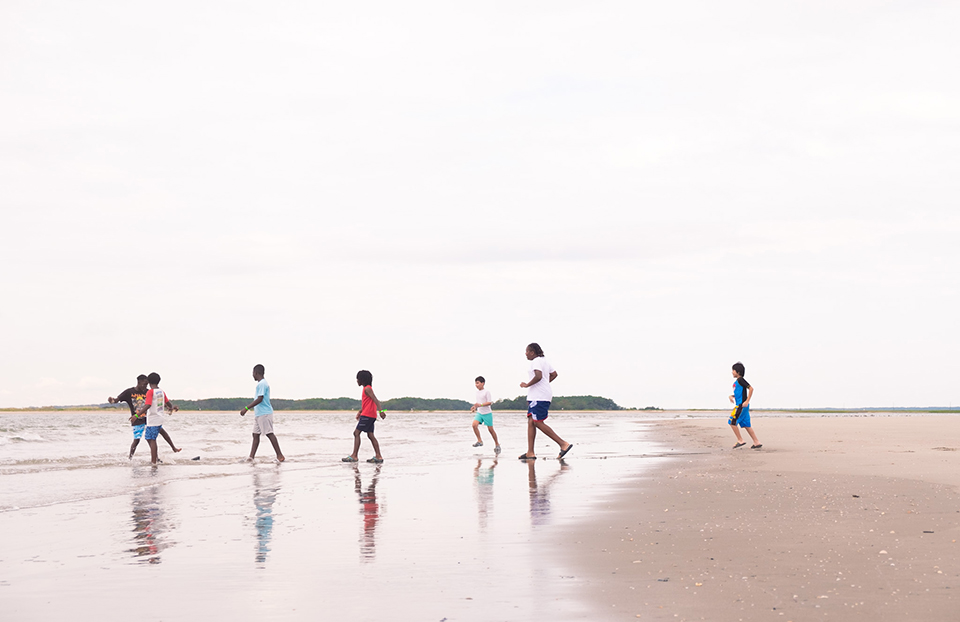Society Fellow Connie Wyrick Creates a Ripple Effect
By Caitlin Jennings, Communications Specialist, Society for Science & the Public
Wrapping up her second year as a Society fellow, Connie Wyrick, along with her students, has a lot to show for her hard work and dedication. One of her students at Miller County R-III High School, a small school with just 67 students in Tuscumbia, Missouri, was recognized as a Kirkpatrick Eagle winner, which places her research as the top high school research project presented in the state at the Missouri Academy of Science State Meeting, and a freshman was awarded a $14,000 scholarship (as one of the top six medicine and health projects at the Missouri Junior Science, Engineering and Humanities Symposium) for her work on edible Missouri mushrooms as antibiotics. Another student will be presenting her research to the school board of education as she found that most local law enforcement officials did not realize that some new sweetened alcoholic beverages, which are branded similar to sodas, contained alcohol.
These are just some of Connie’s students’ successes, and there will hopefully be more to come. Upcoming freshmen have already begun research and some of her students will be competing at the Missouri State Future Farmers of American Agriscience Fair this summer. Last year, three of her students received gold medals at the National Agriscience Fair.
Not only are her high school students succeeding in science, but they are also sharing their passion with elementary school children in several neighboring schools through science units on topics including chemistry, weather, and ecology. With the help of the Society, they recently created a marine life unit and were able to show over 500 kindergarteners, first-, and second-graders living star fish, sea slugs, and other marine animals that most of the students in this rural area in a land-locked state had never seen before. “The children just went nuts,” Connie says. In this way, Society’s support causes a “ripple effect,” she says, because the younger kids also get a chance to see what getting involved in high school science could be like.
“No doubt the Society Fellowship has opened doors,” Connie says. “A lot of projects that the students have done would have been very difficult to do without [the Society’s support].” And the Fellowship helps in other ways too. “Probably as much, or more importantly, is that when it comes time to contact [potential] mentors for the kids, as soon as I…mention Society for Science & the Public, the professors just open their doors and their labs and are so receptive to the students coming in and doing research.” She adds that is has also helped the students feel more sure of their scientific abilities. “When it comes time to compete against the schools that are larger, or have a better financial base than our small rural school …they feel like they can be competitive,” she says. “The students themselves have more confidence because they feel like the program has been recognized.”


